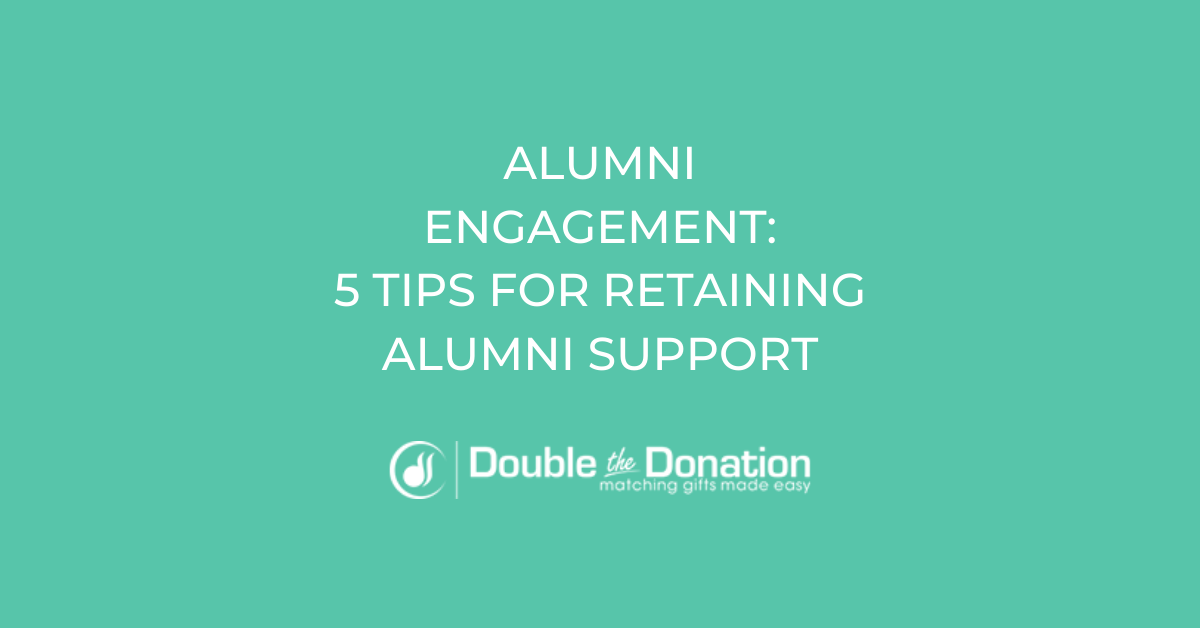min read
It’s 2020, don’t you know why your donors give?
Picture this: It’s 2018 and your fiscal year produced record totals for donors and dollars. Everyone in the office is absolutely stoked, spirits are high, and you decide to roll into 2019 with the same strategy. It worked once, it’ll work again, right?
Fast forward: The year is now 2020, your donor and dollar numbers have been on a downward trend for months, your solicitation response rate is dwindling, and traffic to your online giving page is worse than ever.

What happened? Why didn’t the trusty ol’ [insert generic plea for money here] work this time?
The complex fundraising landscape that exists today has evolved from the bland giving pages and uninspired pleas of old. With today’s diverse donor climate, simply asking donors to give because you need the money won’t garner the results you crave. With so many causes and charities for donors to choose from, it can be difficult to navigate your way to success. Perhaps it’s time to take a step back and rethink your strategy, starting by understanding why your donors are giving in the first place! Once you’ve figured that out, you can begin to create a culture of philanthropy at your organization.
We can look to legwork done in behavioral science for some of the reasons why donors give, frequently pointing to individuals’ altruistic stances on giving. This means that people value the social good done by the charity (pure altruism) or extract value from knowing they contribute to the social good for the charity (impure altruism).

It’s not difficult to understand why the altruist would donate to an organization like St. Jude, as they value the social good done by an organization helping sick children receive the care they very desperately need. The impure altruist might prefer donating to a smaller cause or local organization since they perceive their dollars are more valuable in contributing to the social good being done directly around them (example: a local animal shelter).
Though some donors give for the other reasons at less frequency, you are better off appealing to the altruists by showing them what their donation will be helping, rather than trying to increase the frequency of those whose hearts aren’t in it.
This isn’t to say that other donors aren’t important to your strategy, even if you can’t directly appeal to them. By having a diverse group of donors, you increase the likelihood that they will inspire their peers to donate as well.

This hive-mind mentality is something that comes from all types of donors. Any person who shares the news of their charitable donation with their friends has a chance to motivate others to consider giving a donation of their own! Consider this the next time you’re scrolling down Facebook and see that your best friend has just donated to a disease research foundation, or to help stop the bushfires in Australia. To put a different spin on that, what if your best friend isn’t just a random person donating to those causes, but instead had a parent suffer from said disease, or maybe they work as a volunteer firefighter on weekends?
Another element that plays a vital role in why people become donors is a person’s affinity to a certain cause. Now more than ever, it’s crucial for organizations to craft stories and causes that play to the donor’s personal affinities. It’s likely that a graduate of your university’s medical school is much more likely to donate to something like a med school scholarship fund than a general, unrestricted fund. This shouldn’t come as a surprise, rather, it should give you insight into your fundraising strategy for the future.

One shining example of playing to donors’ affinities was University of California – Santa Cruz’s giving day in 2019. In an excellent understanding of why their donors give, all of their stories were categorized by different affinity groups (21 in total) which enabled them to appeal to several different affinities and make it easy for their donors to find stories that appealed to them.
On the other hand, an example of a single-affinity fundraiser that performed very well was Radford University’s Greek Life Challenge. Their annual giving department understood that they had a large pool of donors that identified with this affinity and used that for a successful fundraising challenge. If you haven’t tried tracking donor affinities in your office yet, take a little extra time and find out which affinities are most prevalent for your donors and create opportunities for them.
Before you read this, you may have known about some of these reasons, you may have known none at all. Now that you’ve learned why your donors are giving, are you ready to take some time and adopt a better strategy for 2020 and beyond?







